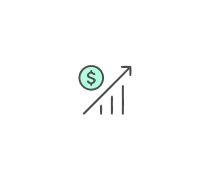Understanding Market Structures: Monopoly, Oligopoly, and Perfect Competition
2.
You may optionally provide this to label your report, leaderboard, or certificate.
×
Thank you for your feedback!
















